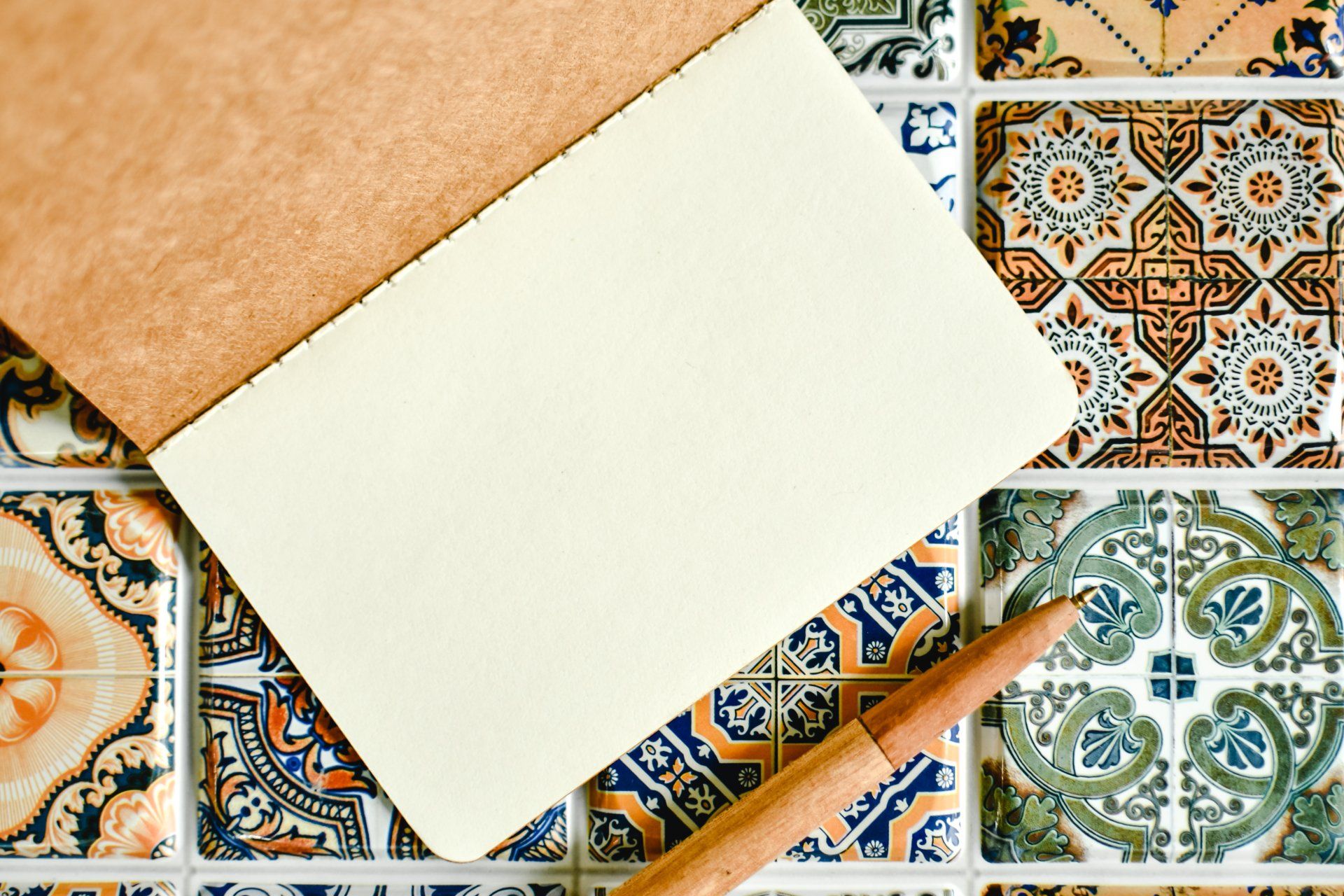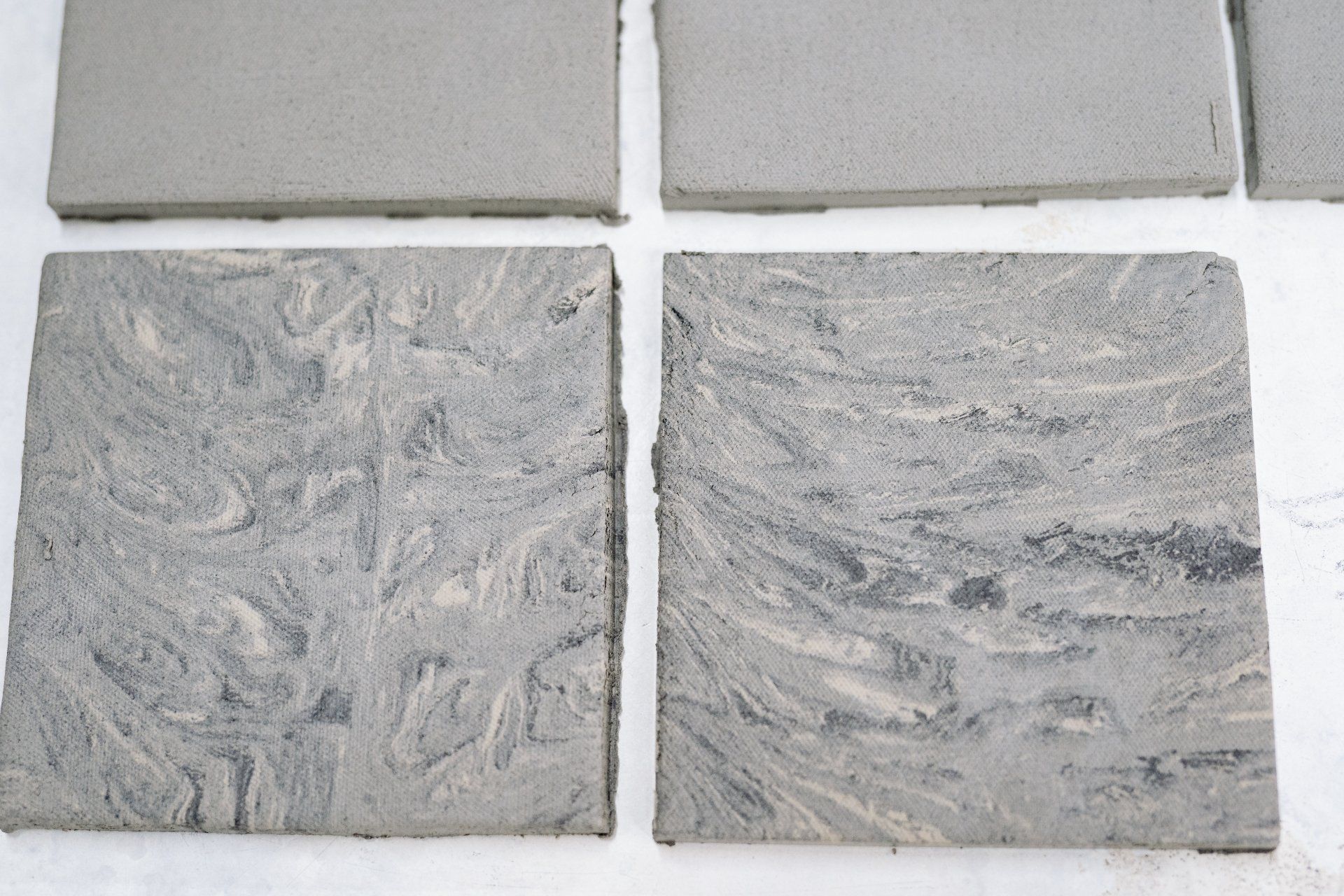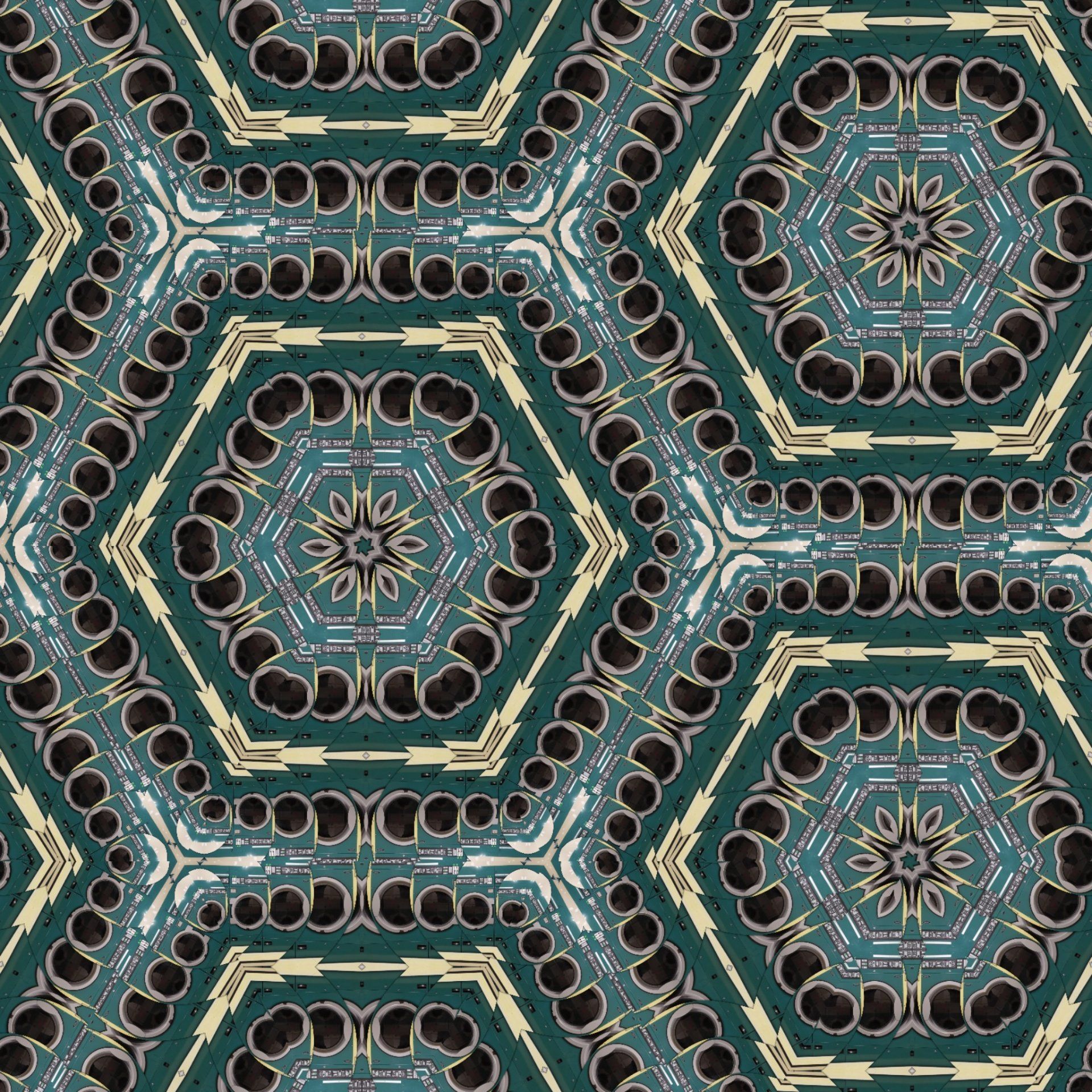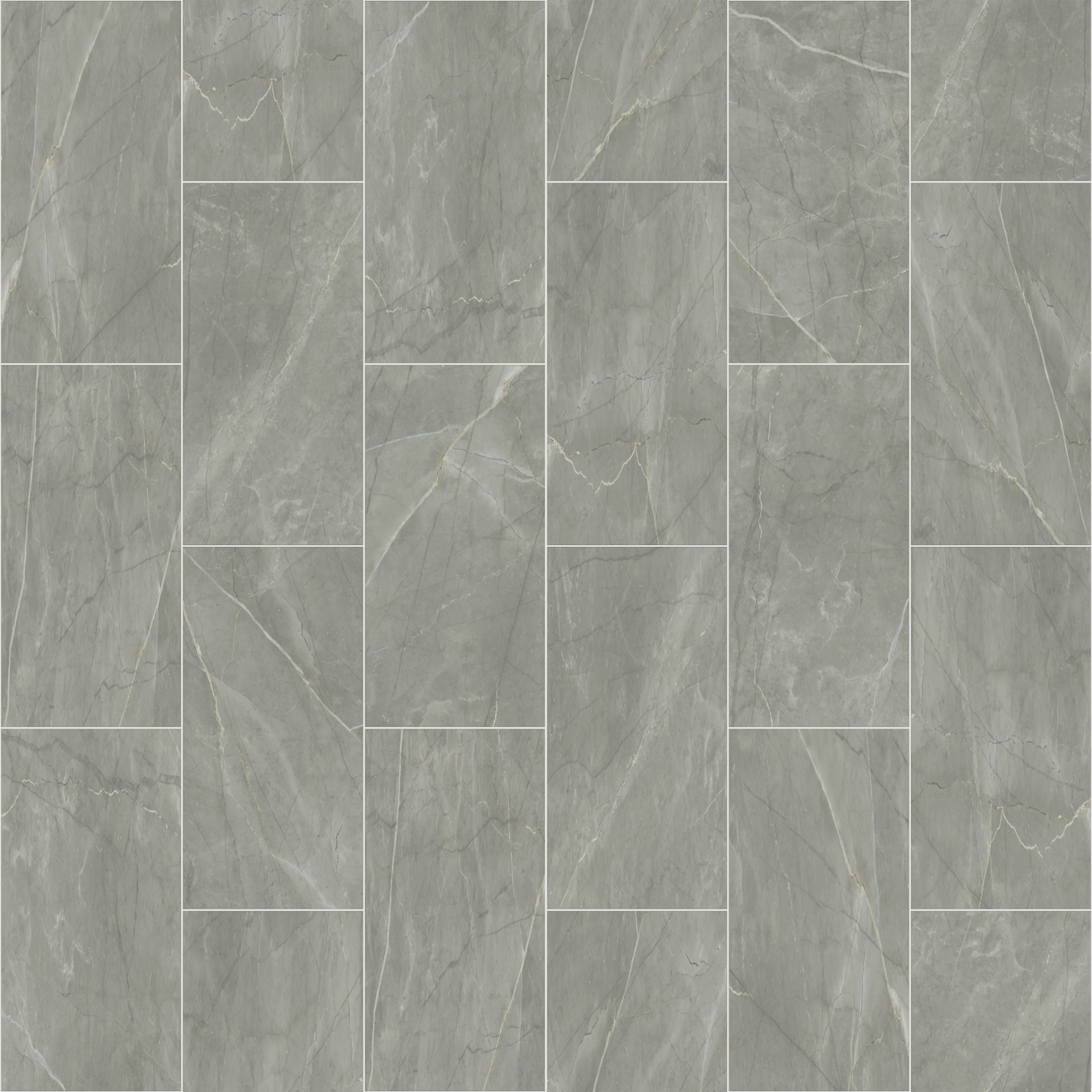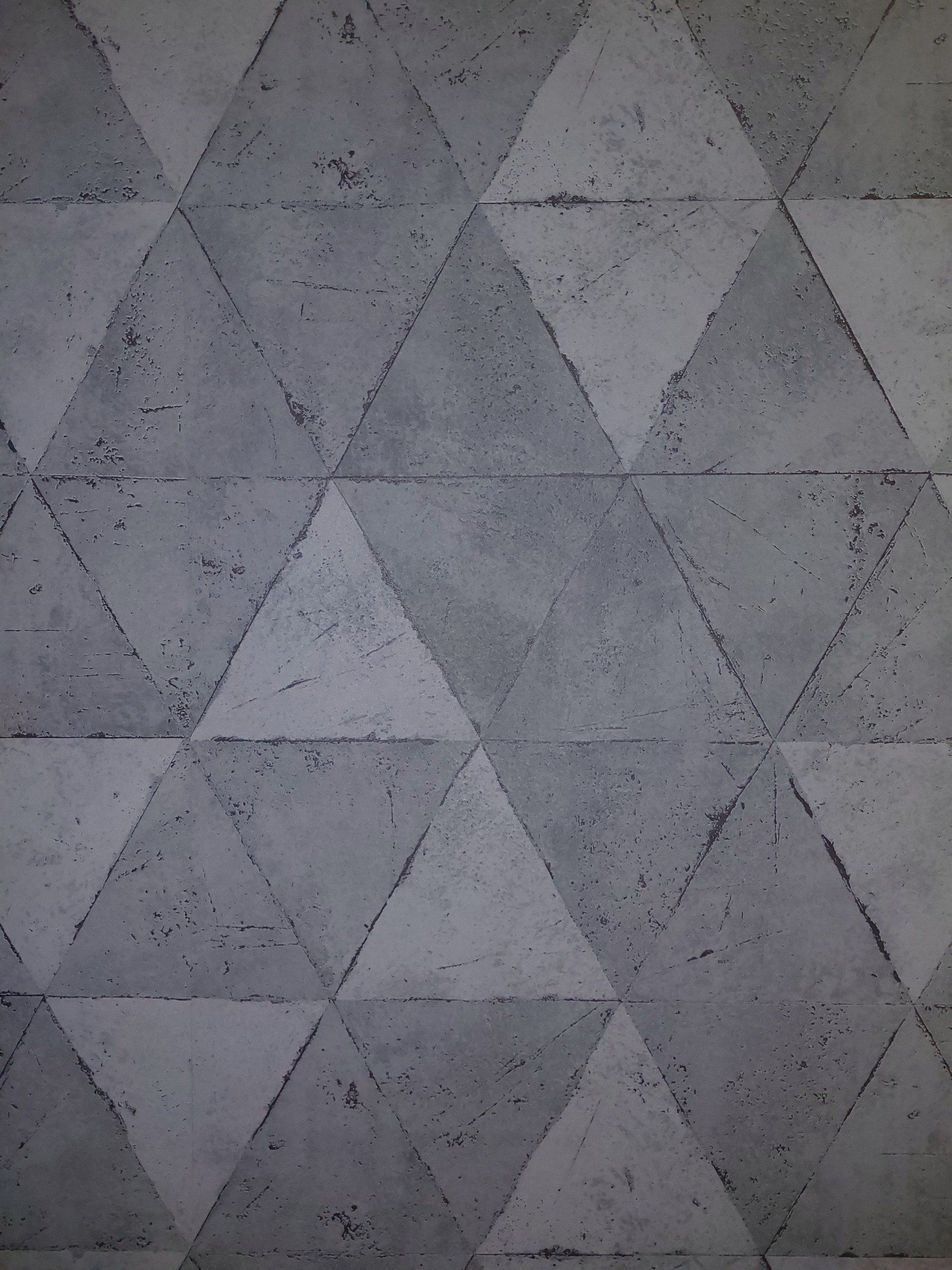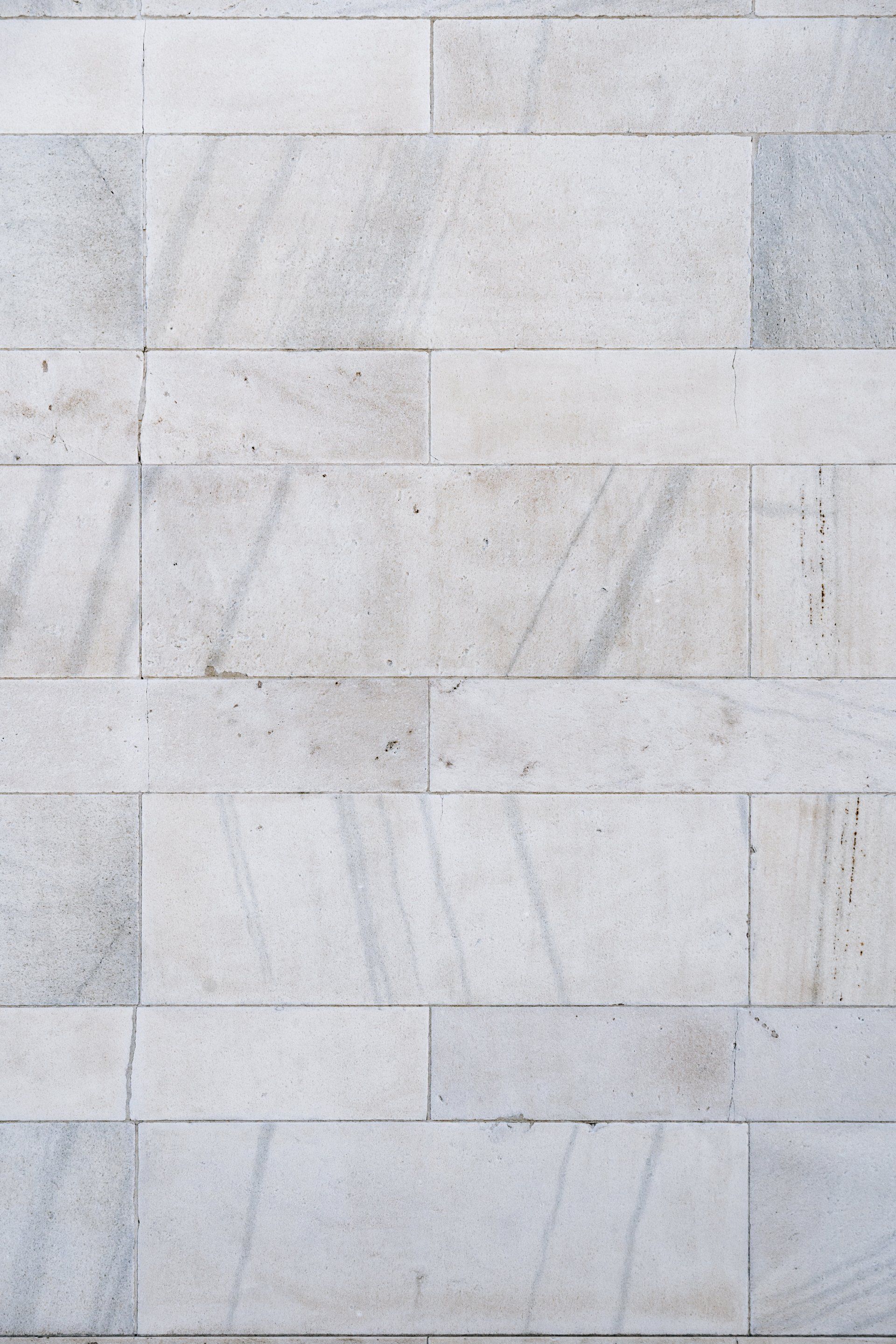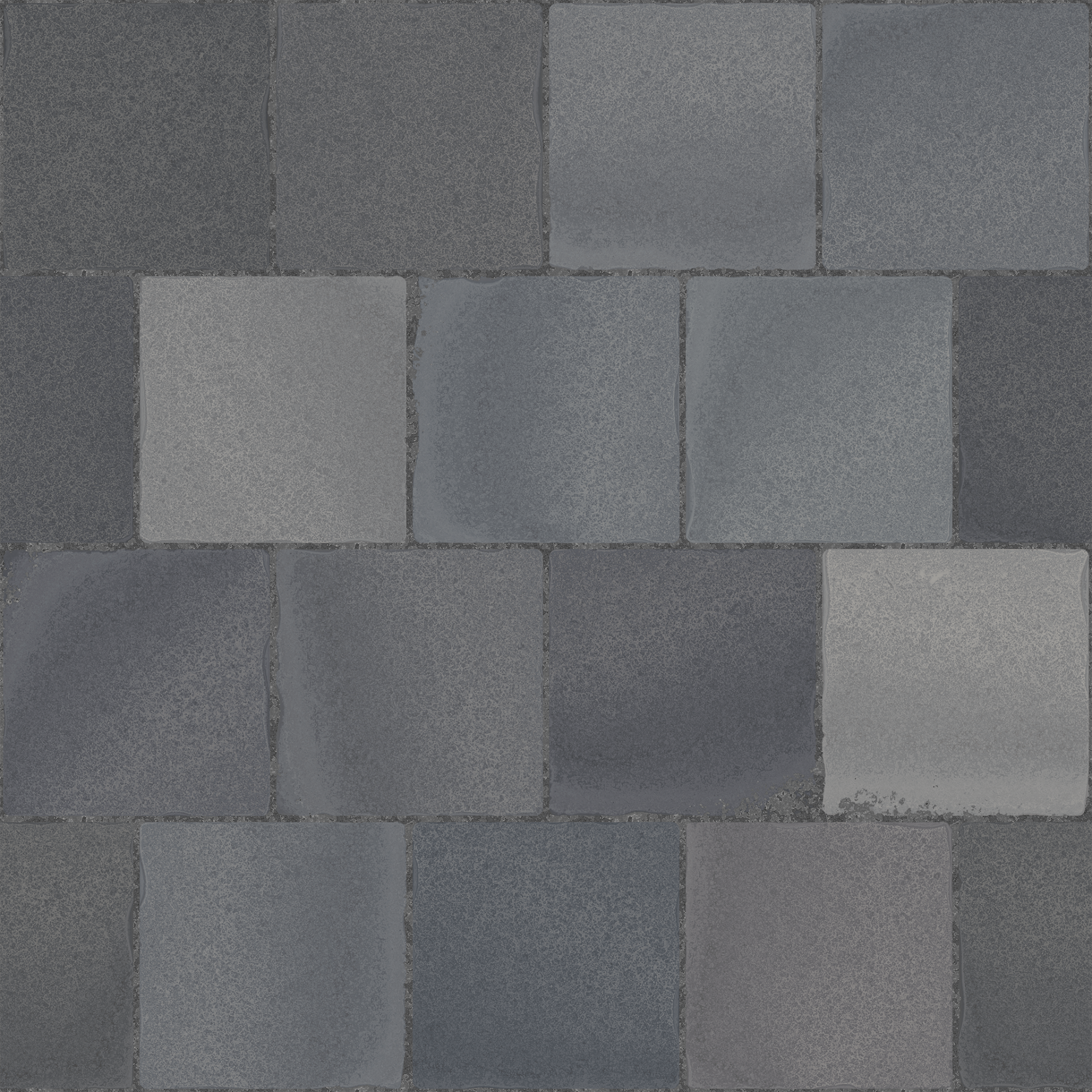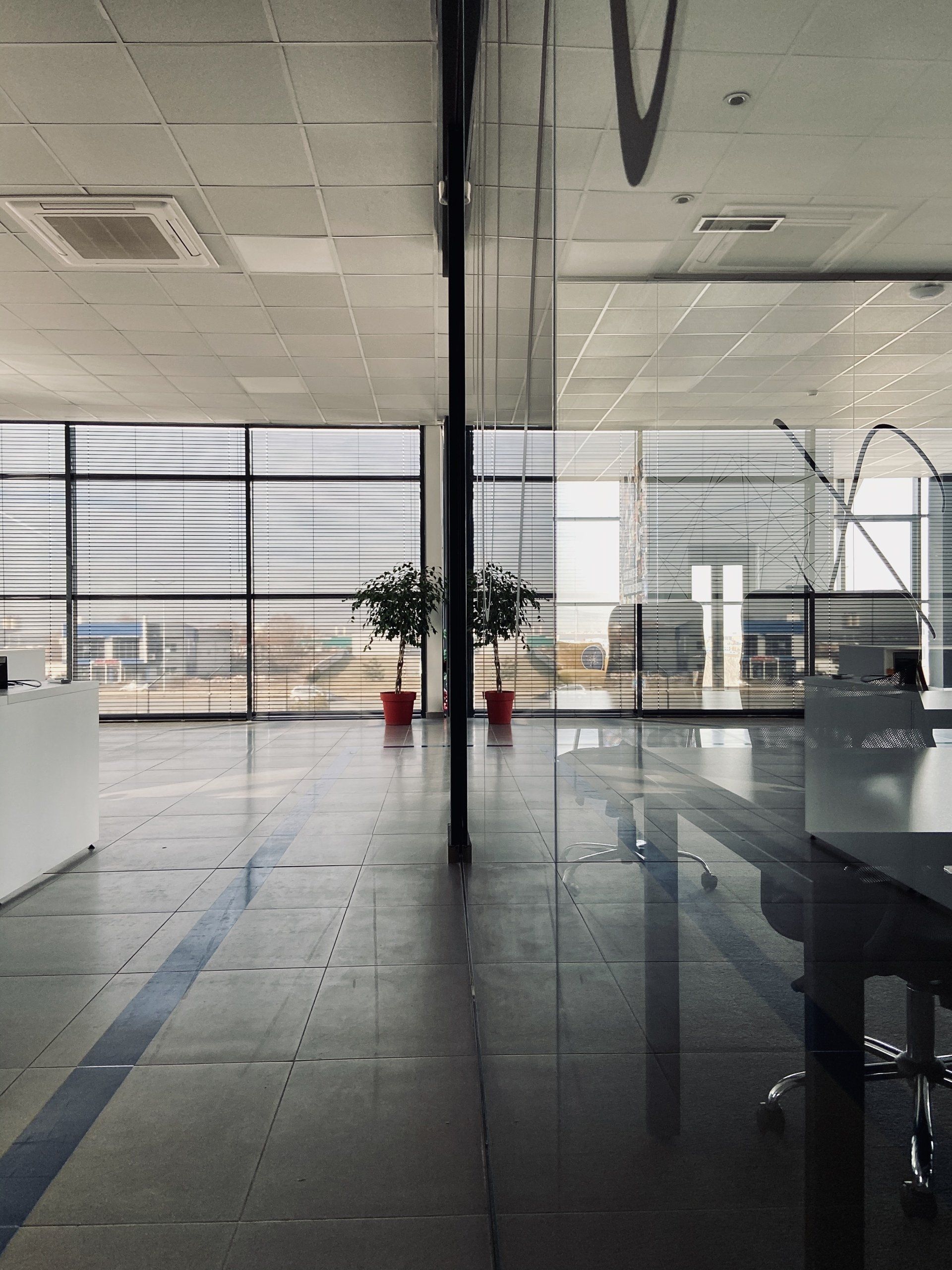Decorative Cement Tiles That Age With Grace
Decorative Cement Tiles That Age With Grace
Enjoy the beauty of hand-crafted cement tiles that add long-lasting aesthetics to your living space. The art of creating cement tiles with multi-colored patterns has been practiced for a long time. In several countries, they are usually still handmade in a tradition-based way with traditional patterns. However, as more modern designs are being introduced, the popularity of these tiles in contemporary homes is growing. Get inspired by the range and creativity of handmade tiles that might remain used for a long time after your house has gone.
Identity Crisis of Tiles?
There are many instances of encaustic applied to patterns of multi-colored cement tiles. In the past, this term has been applied to a process of firing that melts a glazed pattern on the surface of a tile. However, it has also been used for a considerable period of time to cement tiles that have deep inlaid designs instead of an exterior glaze. The tiles are compressed to tie the pieces and not fired.
In this method, minerals are poured into a mold for design, after which the tile is backfilled with cement and set with hydraulic compression before curing. Although it's not exactly correct, the term "encaustic" is widely used even in the marketplace for tiles. In this case, we're talking about cement tiles that are hydraulically compressed and have an engraved pattern on the interior of the tiles.
Patterned cement tiles with inlaid patterns are widely used. This art form is found throughout France, Spain, Italy, Turkey, Mexico, Latin America, and Scandinavia; however, the composition and design of tiles differ based on cultural influence. Tiles imported from the Mediterranean were the norm throughout Victorian England. Cuba has adopted this method from Spain, and Havana's slowly decrepit colonial buildings are well-known for their gorgeous, time-worn tiles flooring.
Cement Tiles? Why?
They're a remarkably multi-functional product and aren't solely for indoor flooring; paths, bathroom walls, and splashbacks (backsplashes), entryways, everywhere you put them, they'll create a lasting impression.
In addition to keeping the craft alive and offering commercial opportunities in areas that are less prosperous, there are also positive environmental benefits of handmade cement tiles. They are made of earth-based materials that are natural pigments. They also consume less energy than fired tiles.
The main reason to choose them is the perfect imperfections of their design. The thickness of the tiles can vary between tiles, like the shade of pigments and patterns could bleed off the edges of the tiles when compressed, making them unique. The thing we love about the tiles is their lack of uniformity. They don't appear mass-produced since the process of hand-pouring the pigments which create the pattern ensures that every tile is different. This variance adds appeal and awe.
Another reason that draws people to them is the fact that they are live tiles that change as time passes. While some might consider this an advantage and would prefer a tile that is shiny and fresh, the softness of a stone that ages slowly is the reason they are unique. If you're not interested in the safety of a mass-produced, stable tile that doesn't require maintenance, it is a dynamic and personal option. An appealing patina tends to be developed outside, in areas exposed to water, wind and sun, as well as in areas of high traffic.
Tile Installation Edmonton Quote
We will get back to you as soon as possible.
Please try again later.

Let’s talk about your project
Fill in the form or call to set up an appointment at 587-801-2246.
Tile Installation Edmonton Quote
We will get back to you as soon as possible.
Please try again later.
Elite Tile Installers Edmonton
Elite Tile Installers Edmonton
10621 79 Ave NW 4 DD, Edmonton, AB T6E 1S2
Disclaimer - This is a referral site. All work is formed by a partner licensed company.


